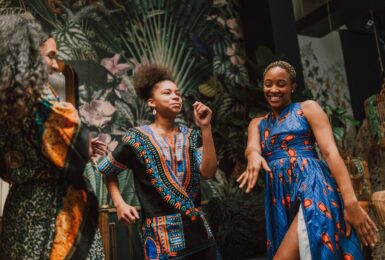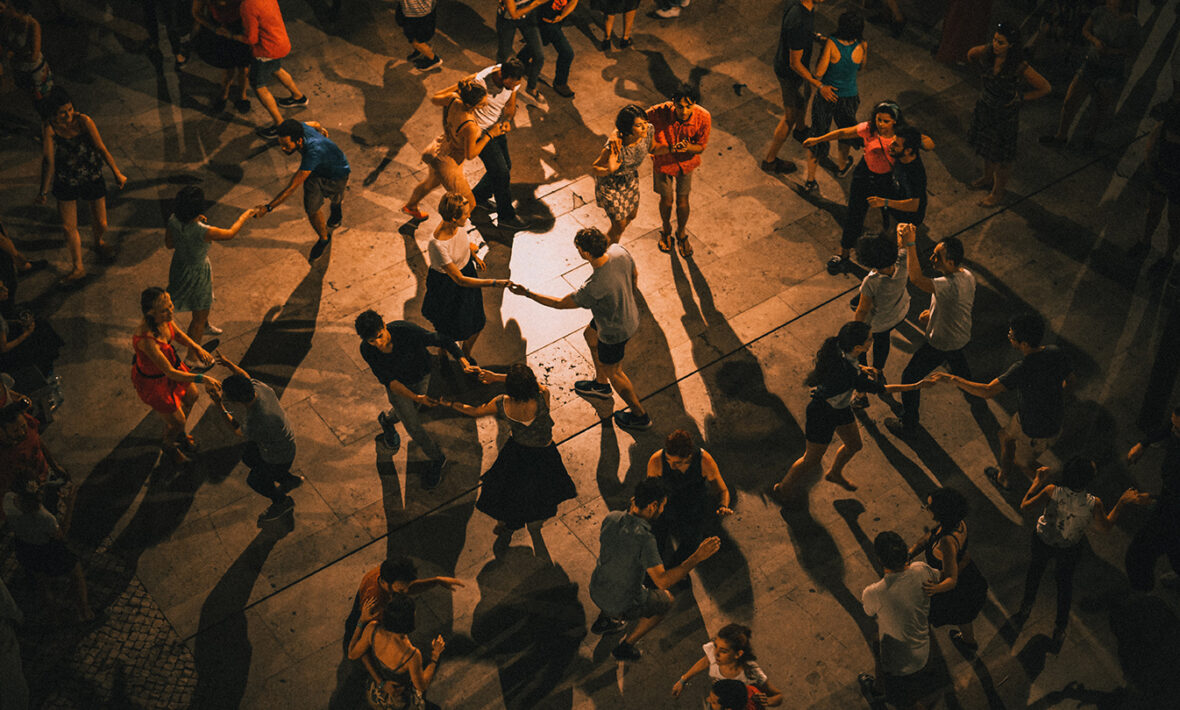
We all love a boogie every now and then. It can express emotions when words won’t come. Lift spirits when we need a creative outlet (as we saw in countless TikTok challenges during the pandemic!) But dance also tells a beautiful story of world culture and history, the stories passed down from generation to generation. Check out our favourite dance styles around the world and find out where they originated.
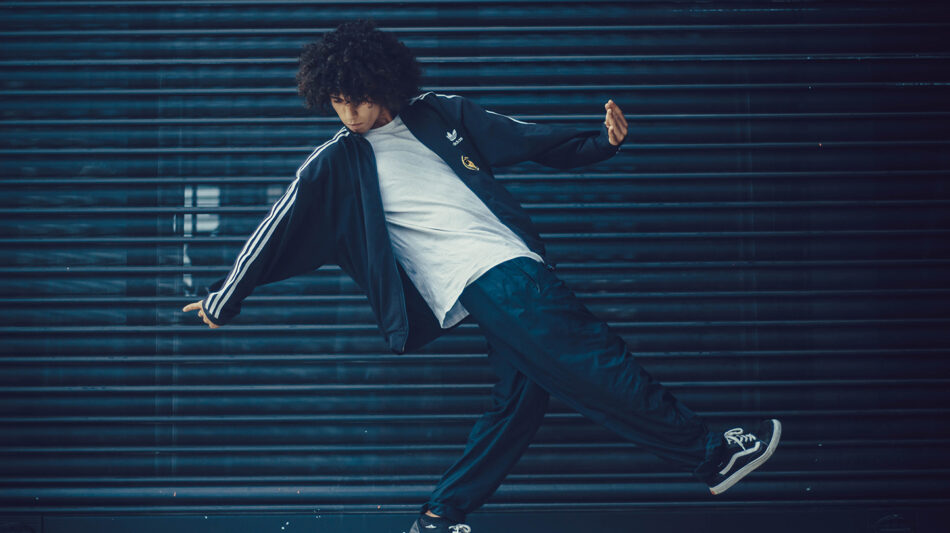
Image source:https://unsplash.com/
1. Tango (Argentina & Uruguay)
It’s true that it takes two to tango – but this partner dance does tend to attract a bit of a crowd. Back in 1880’s South America, this dance was popular in brothels and bars near port cities, where dancers would attract large crowds of onlookers. The moves were all about sex and power… and in Argentina during this time, it wasn’t uncommon to see two male dancers performing. This was mainly due to the large number of men in the country and few women.
Later on, sailors starved of social connection on the long voyage to Europe would mimic the dance moves they’d seen in their hometown bars. The trend caught on in France and Germany in LGBTQ+ spaces, taking an unmistakeable place in queer culture up until 1940’s, when ‘moral panic’ gripped Europe and much of the world after WW2.
Thankfully, tango is right back up there now in queer and mainstream culture and it’s easy to see why. The flamboyant moves, shimmering outfits and opportunities to sassily put a rose between your teeth are goals we can all get behind!
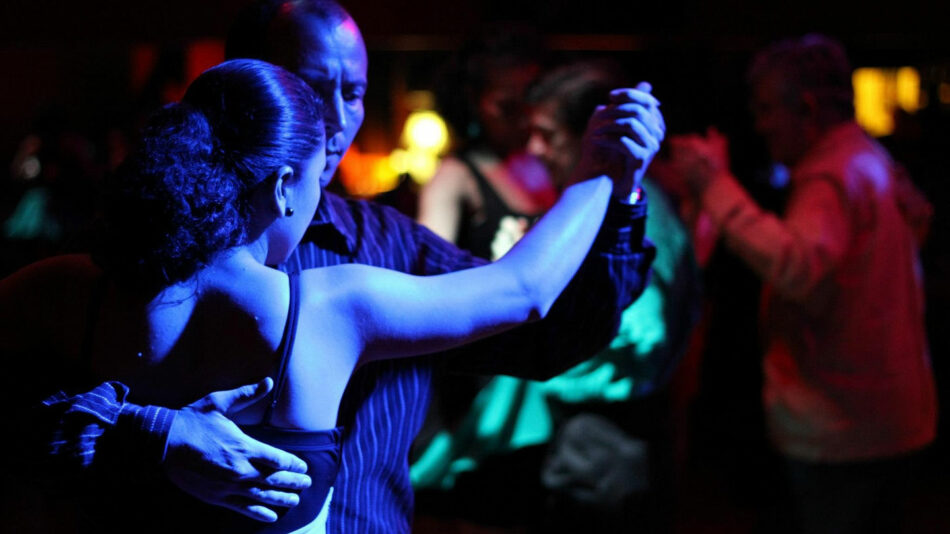
Image source:BreakReate
2. The Cha-cha-cha (Cuba)
This one is a real crowd-pleaser, though *slightly* more sophisticated than the Cha-Cha Slide you did at school. Okay, a LOT more sophisticated. The Cha-cha-cha sprang from the Cuba ballroom scene in the early 1950’s, getting super popular across the rest of the world within the space of just a few years.
The name (sometimes just ‘cha-cha’) comes from the sound of dancer’s shoes as they triple-step and chassé across the ballroom. Think rhythm, precision, flair… and a really good pair of heels (applicable for dancers of all genders – cha-cha doesn’t discriminate!)
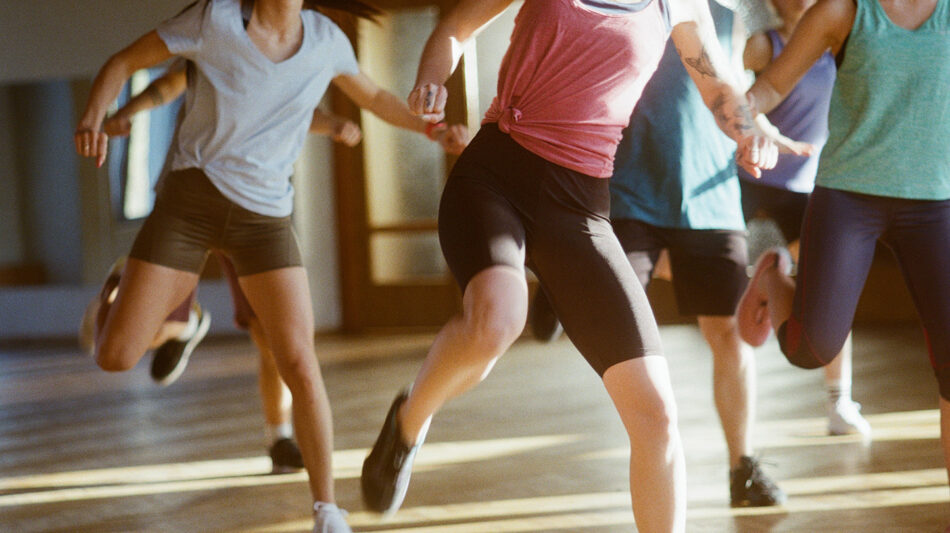
Image source:Kaspars Eglitis
3. Belly dance (Egypt & the Middle East)
If you ever bopped to Shakira’s ‘Whenever, Wherever’ back in 2001, you’ll know the belly dance is one of the fiercest female dance styles around the world! Isolating the belly muscles, as well as the shoulders and chest, is essential to getting the iconic hip-shaking movements right! Although Shakira made this form popular, the first belly dancers were said to be a group of travelling dancers known as the ghawazee in Egypt.
At first unappreciated in Cairo and banished from the land, the ghawazee took their belly dancing across the Middle East. Performing this rather sensual and physically demanding dance style with flair, they caught a lot of attention – soon enough, belly dancing took off across Europe and the rest of the globe.

Image source:Rainier Ridao
4. The Can-Can (France)
Things tend to get rather flirtatious with the Can-Can, a French cabaret-style dance from the 1840’s. It’s been most often performed by a line of feminine-presenting dancers, dressed in lingerie, ruffles, and feather boas.
High kicks, splits, and cartwheels are cheekily combined with some pretty suggestive moves. Not least the derrière, where the dancer lifts up their skirt… revealing either some frilly underwear or their bare bum! The dance is known for funny reveals and tomfoolery all the way through, but be warned – the can-can *can* be more demanding than it looks. (It really can!)
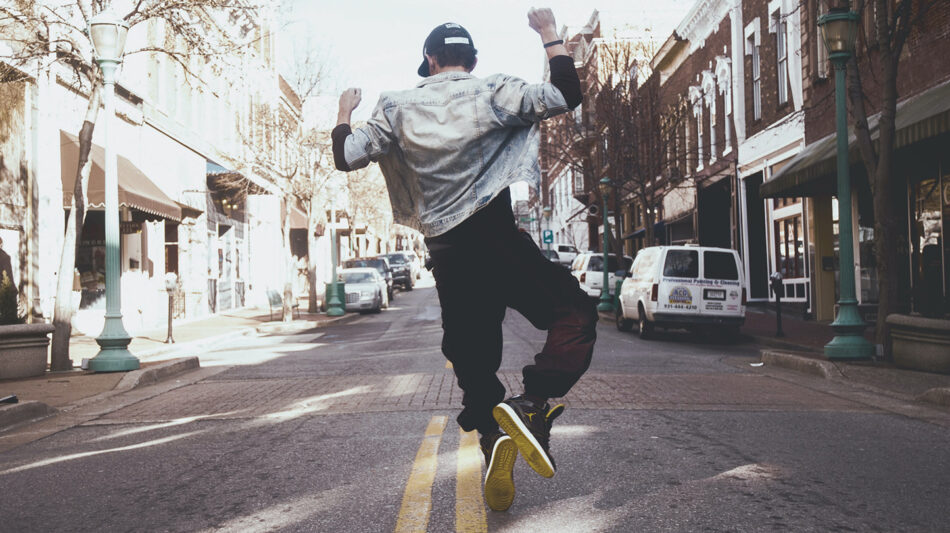
Image source:Andre Hunter P
5. Highlands dance (Scotland)
Now, up to the bonny wee land of Scotland, where one of the most entertaining dance styles in the world took form! Not to mention the oldest. That would be the Scottish Highlands dance, a mixture of folk dance, modern ballet, and square dancing from the 11th/12th century.
If you’re thinking of learning the Scottish Highlands dance, prepare yourself for a lot of nimble footwork and repetition. Back in the day, these dances were a show of strength and stamina for male warriors, but nowadays, male and female dancers take part. No matter who is dancing, plenty of athleticism and artistic skill are required to get the movements just right!
That does it – five of our favourite dance styles from around the world. If you want to take it ‘a step further’ and see these dances performed in their origin cities, you should check out Contiki trips today!


